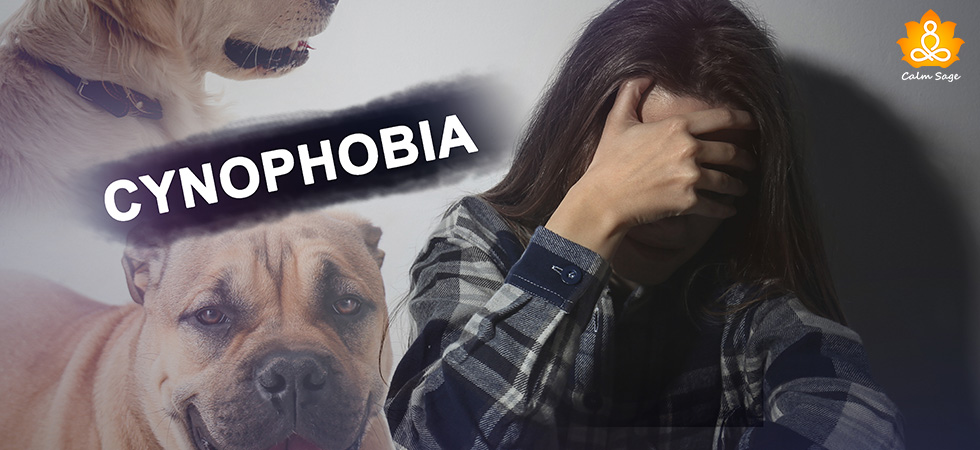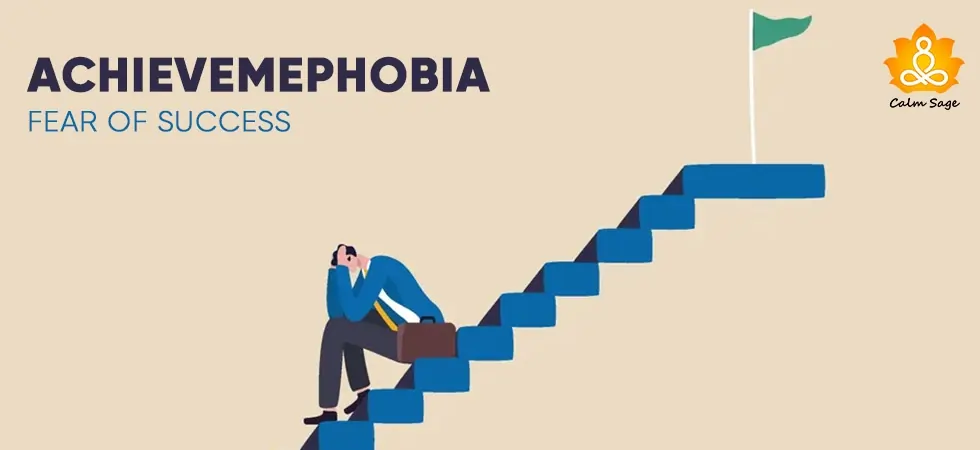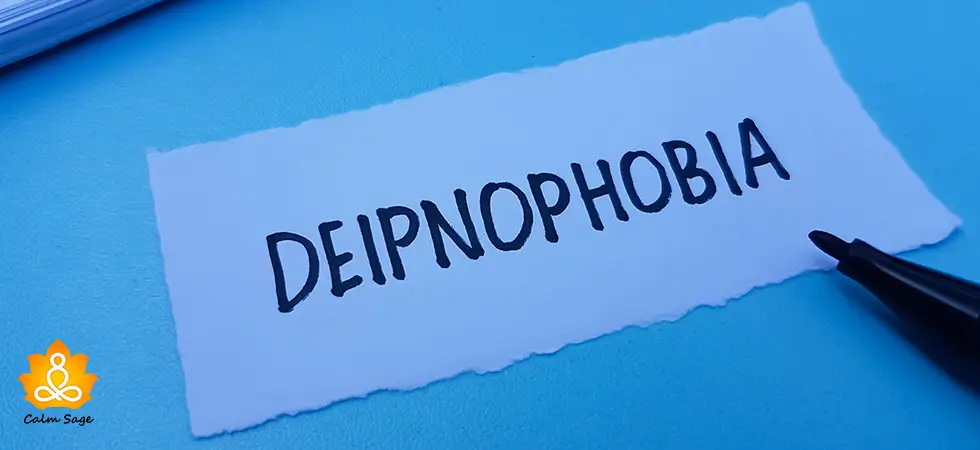Is Cynophobia (The Fear Of Dogs) A Real Phobia?

No matter what happens or how much the world changes, the one thing that has remained constant for centuries is man’s favorite companion. Dogs, for centuries, have been a man’s best friend and while this remains true still, some people may not agree with this. If you find yourself exceptionally uncomfortable and anxious when you’re near a dog, then you may have cynophobia, the fear of dogs.
Despite what others may believe, cynophobia, or the fear of dogs is a real phobia that can make anyone with the fear freeze in their tracks and experience panic.
Specific phobias are more common than you think, and cynophobia is one of the most common specific phobias you can find listed under the subclass of phobias (animal-specific) in the DSM-5.
Let’s explore what is cynophobia, the symptoms, cynophobia treatment, and how you can cope with the fear of dogs.
Cynophobia: The Fear Of Dogs
Cynophobia, pronounced (Sign-oh-foh-bee-ah), comes from the Greek term, “Cyno” meaning dog, and “Phobos” meaning fear. If you have cynophobia then it means that you experience intense anxiety and persistent fear of dogs.
While many people may believe that the fear of dogs is just an uncomfortable feeling of being near dogs, cynophobia is more than that.
Cynophobia can interfere with and disrupt your daily life and can even trigger panic-like symptoms including shortness of breath, dizziness, and nausea.
Symptoms Of Cynophobia
If your cynophobia is triggered, then you’re likely to experience behavioral, mental, and physical symptoms. Some of the common cynophobia symptoms can include;
Behavioral:
- Going out of the way to avoid dogs
- Wanting to escape as soon as you see a dog
- Clinging to your nearest person to avoid the dog
Physical:
- Nausea
- Muscle tension
- Sweating and trembling
- Rapid breathing
- Increased heart rate
- Dizziness
- Hot/Cold flashes
Mental:
- Panic or anxiety attack
- Detachment from reality
- Loss of control
- Feeling that you will pass out
- Feeling helpless
What Causes Cynophobia?
It’s common to believe that the fear of dogs stems from a past traumatic experience such as being bitten by a dog; however, this is just one contributing factor to the fear of dogs.
This kind of reaction can just be a fear but when this fear begins to interfere with your daily life and makes it hard for you to function properly, then it’s something you need to be concerned about.
In research conducted in 1992, it was found that dog attacks did not play a major role in the development of cynophobia. Instead, it was the lack of information, knowledge, and exposure along with negative perceptions of dogs, that contributed to the fear of dogs.
Other common causes of cynophobia can include;
- Biological response
- Genetics
- Age
- Traumatic life experience
- Psychological influence
- Sensitive temperament
- Underlying mental health disorders
- Past trauma including dogs
According to the DSM-5, if you’re diagnosed with cynophobia, then you need to meet the following criteria;
- Intense fear, anxiety, or avoidance persistent for 6 months or more
- Experiencing immediate anxiety or fear whenever a dog is involved (or mentioned)
- Going out of the way to avoid dogs
- Feeling intense anxiety or fear around dogs if you can’t avoid them
- Experiencing anxiety that is unreasonable to the actual threat
- Symptoms resulting in significant distress
- No other mental health disorders present to explain the symptoms away
Cynophobia Treatment
Like all phobias and irrational fears, cynophobia can be treated too. Common cynophobia treatment can include;
1. Psychotherapy:
CBT is one of the most recommended treatments for phobias including cynophobia. CBT can help you reframe your negative thoughts about dogs and replace them with positive ones. A therapist can also help erase any misconceptions you might have about dogs.
2. Exposure Therapy:
Another recommended treatment for phobias is exposure therapy. In this therapy, you’re exposed to your fear slowly – in our case, a dog – until you can understand that the dog poses no threat. In vivo or imaginal exposure therapy techniques can be used here.
3. Medication:
If your phobia is severe and can’t be managed alone with psychotherapy or exposure therapy, then your therapist may prescribe medications to help you calm your symptoms. Medications are often used together with therapy to help better. Beta-blockers or sedatives may also be prescribed depending on the intensity of the fear.
Note: It is always recommended to check with your doctor before taking any medication as certain medications can have side effects that can worsen your symptoms.
How To Overcome Fear Of Dogs?
Dogs are human’s favorite companions and you can find dogs as pets in almost every household around the world. Living with cynophobia can be really uncomfortable when it can hamper your interactions with your loved ones.
While cynophobia, indeed, is a real phobia, it is also treatable. If your child struggles with the fear of dogs, then the fear may fade as they age, but if there are other factors responsible for the fear of dogs, then the above-listed cynophobia treatment options may help.
Other ways you can overcome the fear of dogs can include;
- Biofeedback therapy
- Stress management
- Family intervention
- Lifestyle changes
You can also try to practice relaxation techniques whenever you feel anxious near a dog or practice deep breathing to calm your symptoms of cynophobia.
If left unaddressed and untreated, phobias (including cynophobia) can lead to serious issues such as mood disorders, substance abuse, thoughts of self-harm, severe anxiety, and more.
What Next?
The irrational fear of dogs or cynophobia is a real phobia and can affect your daily functioning if left untreated. This fear can cause extreme feelings of anxiety and fear toward dogs. Only a mental health professional can help diagnose the phobia. In the DSM-5, cynophobia is listed under the subclass of anxiety disorders.
With the right help and treatment, cynophobia can be managed. If you or your loved one is struggling with cynophobia (the fear of dogs), you can reach out to a mental health professional for a proper diagnosis.
Cynophobia needn’t influence every aspect of your life anymore.
I hope this article helps. For more, you can write to us at info@calmsage.com or DM us on social media. You can also share your thoughts and tips with us in the comments section below.
Take Care!




















